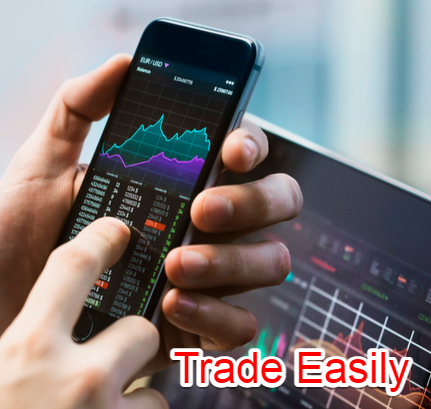Introduction
In the ever-evolving realm of financial markets, the advent of automated trading systems has sparked both curiosity and skepticism. Robot trading, also known as algorithmic trading, utilizes computer programs to execute buy and sell orders based on predefined rules. Its proponents extol its benefits, while detractors question its profitability. In this comprehensive guide, we will delve into the nuances of robot trading, examining its history, profitability, and potential risks. Armed with this knowledge, you can make informed decisions about whether or not to embrace this technological advancement.
Is Robot Trading Profitable Videos
Understanding Robot Trading
Robot trading emerged in the 1980s as investment firms sought ways to optimize trade execution. By automating the trading process, firms could respond rapidly to market fluctuations and reduce human error. Today, robot trading is widely employed by both retail traders and professional investment funds, spanning a vast array of financial instruments, including stocks, bonds, currencies, and commodities.
The core operating principle of robot trading lies in its reliance on pre-defined algorithms. These algorithms are comprehensive sets of instructions that govern the trading behavior of the bot. They typically incorporate technical analysis indicators, such as moving averages and Bollinger Bands, to identify potential trading opportunities. Once an opportunity is detected, the robot bot executes the trade, either buying or selling the targeted asset.
The Profitability Debate
The question of whether robot trading is profitable has been a subject of intense debate. While some users have experienced substantial gains, others have faced significant losses. The profitability of robot trading hinges on several key factors:
- Algorithm Design: The profitability of a robot trading system is largely dependent on the quality of the underlying algorithm. A well-designed algorithm can accurately identify profitable trading opportunities and minimize losses.
- Market Conditions: Robot trading is heavily influenced by market conditions. Volatility and liquidity are crucial factors that can impact the profitability of a trading strategy.
- Risk Management: Sound risk management practices, such as setting appropriate stop-loss levels, are essential to mitigating losses and preserving capital.
- Overfitting: Overfitting occurs when a robot trading algorithm is tailored too closely to historical data. This can result in poor performance in live trading conditions.
Potential Risks and Considerations
While robot trading offers the potential for increased efficiency and profitability, it also entails certain risks that must be carefully considered:
- Technical Glitches: Automated trading systems are vulnerable to technical glitches that can disrupt trading operations. Loss of internet connectivity or software malfunctions can lead to missed opportunities or unintended executions.
- Lack of Emotion: Robot trading lacks the emotional intelligence of human traders, who can sometimes make intuitive decisions that lead to favorable outcomes.
- Regulatory Concerns: In some jurisdictions, robot trading is subject to regulatory oversight, which may impose additional compliance requirements on users.
- Learning Curve: Mastering robot trading requires a solid understanding of programming, financial markets, and risk management. This can be a steep learning curve for beginners.
Conclusion
The profitability of robot trading remains a topic of debate, as its success hinges on a combination of factors. While it has the potential to automate trading and enhance efficiency, it is crucial to approach robot trading with a cautious and disciplined approach. By carefully evaluating the algorithm, risk management strategies, and market conditions, traders can mitigate risks and potentially harness the benefits of this technological advancement. Ultimately, the decision of whether or not to use robot trading should be based on a thorough understanding of its potential and limitations.





